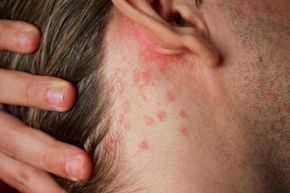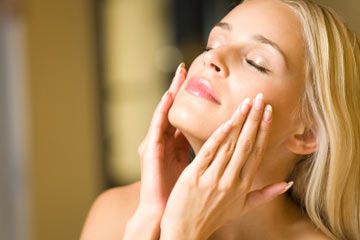Red and irritated. Dry, scaly and cracking. None of us want our skin to look and feel this way, but sometimes it seems there's not a lot we can do about it. What causes itchy, inflamed skin? First, you need to understand a little more about your skin's layers.
The epidermis is the outermost layer of your three skin layers, and it, too, is multilayered. The outermost layer of the epidermis is called the stratum corneum. This layer is the skin's protective shield, and it's formed from tightly packed, dead skin cells. While it was long thought that the stratum corneum was just a byproduct of other, more important processes, many now see the creation of the stratum corneum as the primary function of the epidermis. So how's it created?
Advertisement
New cells are generated in the innermost layer of the epidermis and begin traveling outward, toward the surface of the skin where they will eventually fall off. As they work their way to the outermost layer, there are older cells above them and younger cells below them. When the older cells above them reach the surface, they become the stratum corneum and then fall off. The younger cells beneath push the skin cells upward, and in this process a skin cell flattens out, in part by losing its nucleus. When these now-flattened cells take their place at the skin's surface as the stratum corneum, they form a tightly packed barrier that keeps unwanted irritants and antigens out while keeping much-needed skin moisture in.
As far as irritants go, your skin is capable of producing its own immune response when it detects problems. When the stratum corneum blocks germs and other unwanted invaders from penetrating deeper into the skin, you have the best possible immune response, which is none at all.
Whether it be from the aging process or some other factor, occasionally the stratum corneum fails in places. When weakened, viruses and bacteria penetrate the skin, and water escapes the skin at a faster rate. Like a dam that's sprung a leak, a failing stratum corneum demands immediate attention, and your skin's immune system provides it. The skin's response is to fill the gaps in the stratum corneum through inflammation. This results in less-than-ideal looking skin.
Some researchers believe they have found an approach that breaks this cycle, and it's called corneotherapy.
Advertisement


